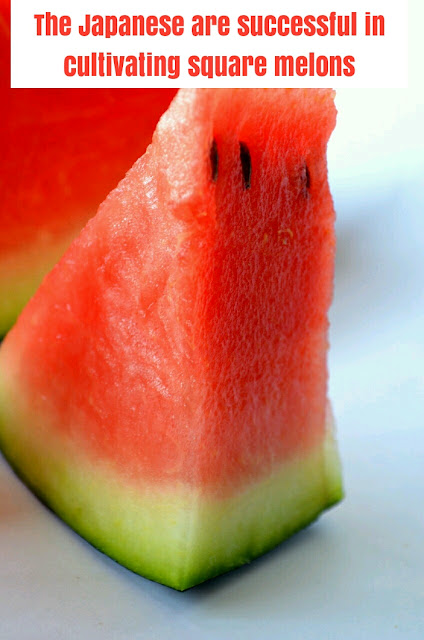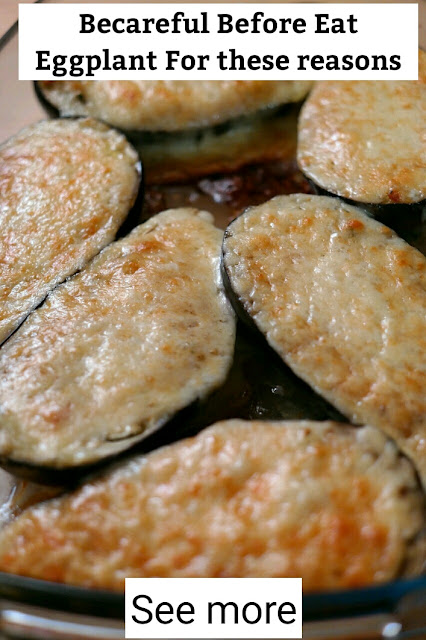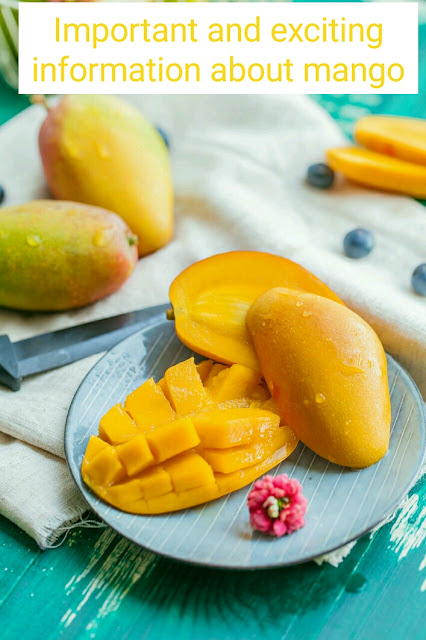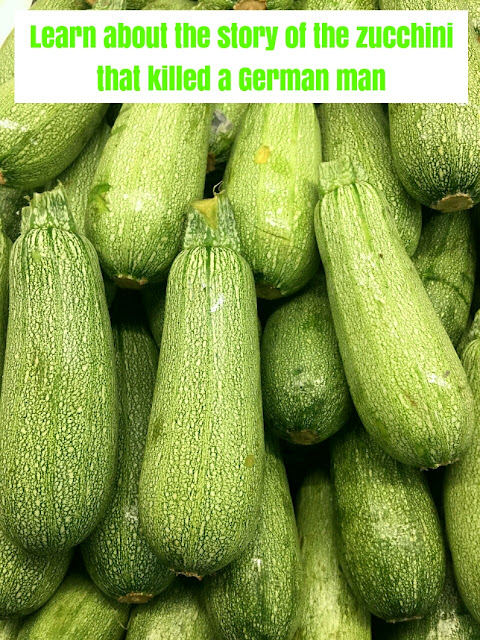Watermelon
Farmers of the Zentsuji region of Japan found a way to grow cubic watermelons by growing the fruits in metal and glass boxes and making them assume the shape of the receptacle. The cubic shape was originally designed to make the melons easier to stack and store, but cubic watermelons may be triple the price of normal ones, so appeal mainly to wealthy urban consumers. Pyramid-shaped watermelons have also been developed and any polyhedral shape may potentially be used.
The US Department of Agriculture recommends using at least one beehive per acre (4,000 m2 per hive) for pollination of conventional, seeded varieties for commercial plantings. Seedless hybrids have sterile pollen. This requires planting pollinizer rows of varieties with viable pollen. Since the supply of viable pollen is reduced and pollination is much more critical in producing the seedlessvariety, the recommended number of hives per acre (pollinator density) increases to three hives per acre (1,300 m2 per hive). Watermelons have a longer growing period than other melons, and can often take 85 days or more from the time of transplanting for the fruit to mature.
The watermelon is a flowering plant that originated in northeast Africa, where it is found growing wild Citrullus colocynthis has sometimes been considered to be a wild ancestor of the watermelon; its native range extends from north and west Africa to west India.
Evidence of the cultivation of both C. lanatus and C. colocynthis in the Nile Valley has been found from the second millennium BC onward, and seeds of both species have been found at Twelfth Dynasty sites and in the tomb of Pharaoh Tutankhamun.
In the 7th century, watermelons were being cultivated in India, and by the 10th century had reached China, which is today the world's single largest watermelon producer. The Moors introduced the fruit into Spain and there is evidence of it being cultivated in Córdoba in 961 and also in Seville in 1158. It spread northwards through southern Europe, perhaps limited in its advance by summer temperatures being insufficient for good yields. The fruit had begun appearing in European herbals by 1600, and was widely planted in Europe in the 17th century as a minor garden crop.
European colonists and slaves from Africa introduced the watermelon to the New World. Spanish settlers were growing it in Florida in 1576, and it was being grown in Massachusetts by 1629, and by 1650 was being cultivated in Peru, Brazil and Panama, as well as in many British and Dutch colonies. Around the same time, Native Americans were cultivating the crop in the Mississippi valley and Florida. Watermelons were rapidly accepted in Hawaii and other Pacific islands when they were introduced there by explorers such as Captain James Cook.
Seedless watermelons were initially developed in 1939 by Japanese scientists who were able to create seedless triploid hybrids which remained rare initially because they did not have sufficient disease resistance. Seedless watermelons became more popular in the 21st century, rising to nearly 85% of total watermelon sales in the United States in 2014.









Comments